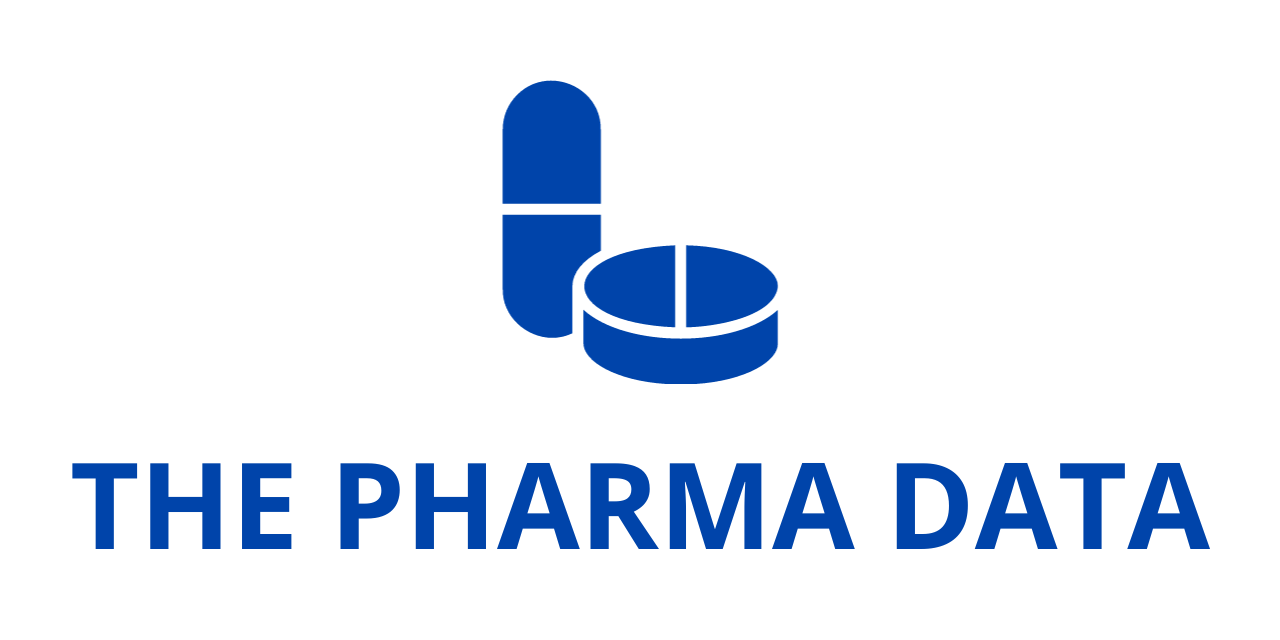
Roche Announces Positive Phase III IMforte Study Results: Tecentriq Combined with Lurbinectedin Demonstrates Significant Survival Benefit in Extensive-Stage Small Cell Lung Cancer
Roche today reported promising outcomes from the pivotal Phase III IMforte clinical trial evaluating the combination of Tecentriq® (atezolizumab) and lurbinectedin (Zepzelca®) as a first-line maintenance therapy for patients with extensive-stage small cell lung cancer (ES-SCLC). The trial specifically assessed this regimen following an initial induction treatment combining carboplatin, etoposide, and Tecentriq.
The IMforte study results mark a significant advance in the management of ES-SCLC, demonstrating that the addition of lurbinectedin to Tecentriq maintenance therapy substantially improves patient outcomes. Specifically, the data revealed a 46% reduction in the risk of disease progression or death (progression-free survival, PFS) and a 27% reduction in the risk of death (overall survival, OS) compared to maintenance with Tecentriq alone. Importantly, the safety profile observed was consistent with the known effects of both Tecentriq and lurbinectedin, with no new safety concerns arising from the combination.
These compelling findings were presented during an oral session at the 2025 American Society of Clinical Oncology (ASCO) Annual Meeting, one of the most prominent oncology conferences worldwide. Concurrently, the data were published in the prestigious peer-reviewed journal The Lancet, underscoring the clinical importance and scientific rigor of the trial outcomes.
Addressing a High Unmet Need in Small Cell Lung Cancer
Small cell lung cancer (SCLC) is recognized for its aggressive behavior and poor prognosis. At diagnosis, the majority of patients already present with extensive-stage disease, characterized by cancer spread beyond one lung and regional lymph nodes to distant organs. This advanced stage accounts for approximately 70% of SCLC cases and is associated with particularly dismal survival rates. Current statistics indicate that fewer than 20% of patients with ES-SCLC survive beyond two years after diagnosis, highlighting the urgent need for new and more effective treatment options.
Dr. Luis Paz-Ares, MD, PhD, Head of Medical Oncology at Hospital Universitario 12 de Octubre in Madrid and principal investigator of the IMforte trial, emphasized the challenge posed by ES-SCLC: “Small cell lung cancer is an aggressive and devastating disease. At the time of diagnosis, the large majority of patients have already progressed to extensive-stage disease and only one out of five survive longer than two years. The IMforte results are very encouraging, showing a potentially practice-changing option that could improve survival for patients with a very high unmet need.”
Study Design and Treatment Regimen
The IMforte Phase III study enrolled patients with ES-SCLC who had responded to an initial induction regimen consisting of four cycles of a combination of Tecentriq (atezolizumab), carboplatin, and etoposide. This induction phase typically lasts approximately three months. Patients who did not experience disease progression after this initial therapy were randomized to receive maintenance treatment with either Tecentriq combined with lurbinectedin or Tecentriq alone.
Tecentriq is an immune checkpoint inhibitor targeting PD-L1, which has previously been established as a first immunotherapy approved for extensive-stage small cell lung cancer. Lurbinectedin is a novel oncologic agent that works by binding to DNA and inhibiting oncogenic transcription, leading to cancer cell death. Its unique mechanism complements immunotherapy, potentially enhancing anti-tumor activity when used in combination.
Significant Improvements in Survival Outcomes
The primary endpoints of the IMforte trial were overall survival (OS) and progression-free survival (PFS), both critical measures of treatment efficacy in oncology trials.
- Overall Survival (OS): The median OS for patients receiving the Tecentriq plus lurbinectedin maintenance regimen was 13.2 months, compared to 10.6 months for those on Tecentriq alone. This corresponds to a stratified hazard ratio (HR) of 0.73 (95% confidence interval [CI]: 0.57–0.95; p = 0.0174), reflecting a 27% reduction in the risk of death for the combination therapy group.
- Progression-Free Survival (PFS): The combination regimen also significantly extended median PFS, with patients experiencing 5.4 months without disease progression compared to only 2.1 months for the Tecentriq monotherapy group. This translated to a stratified HR of 0.54 (95% CI: 0.43–0.67; p < 0.0001), demonstrating a 46% reduction in the risk of disease progression or death.
These improvements in survival outcomes represent meaningful clinical benefits for a patient population with historically limited therapeutic options and poor prognosis.
Safety Profile and Tolerability
The safety profile of the Tecentriq plus lurbinectedin maintenance combination was consistent with the known safety profiles of the individual agents, with no unexpected adverse events observed during the trial. The types and frequencies of side effects reported aligned with previous clinical experience, supporting the tolerability of this combination regimen.
This is especially important for maintenance therapy, where the goal is to prolong survival while preserving patients’ quality of life after an initial response to induction treatment.
Expert Perspectives and Future Implications
Levi Garraway, MD, PhD, Roche’s Chief Medical Officer and Head of Global Product Development, highlighted the significance of the IMforte findings: “In the IMforte study, the Tecentriq and lurbinectedin maintenance regimen significantly extended survival for people living with extensive-stage small cell lung cancer. This study builds on Tecentriq’s well-established safety and efficacy profile as the first immunotherapy for this cancer type and may provide another approach to help physicians and patients better manage this aggressive disease.”
The IMforte trial results potentially herald a new standard of care for ES-SCLC maintenance treatment. The addition of lurbinectedin to immunotherapy could offer patients a more effective option to delay disease progression and extend survival, fulfilling a critical need in this difficult-to-treat cancer.
Background on Small Cell Lung Cancer and Treatment Challenges
Small cell lung cancer accounts for approximately 15% of all lung cancer cases and is closely linked to tobacco smoking. It is characterized by rapid tumor growth, early metastatic spread, and an initial high sensitivity to chemotherapy and radiotherapy. Despite initial responses, the disease almost invariably recurs, often with resistance to further treatment.
Historically, the treatment landscape for ES-SCLC has been dominated by platinum-based chemotherapy combined with etoposide. More recently, the integration of immune checkpoint inhibitors such as atezolizumab (Tecentriq) and durvalumab into first-line therapy has improved outcomes but still leaves significant room for improvement.
The development of new agents like lurbinectedin, which targets transcriptional machinery in cancer cells, represents an innovative approach to overcome resistance and improve durability of response.
The positive results from the Phase III IMforte trial offer renewed hope for patients diagnosed with extensive-stage small cell lung cancer. By combining Tecentriq with lurbinectedin as a maintenance therapy following standard induction, Roche has demonstrated a meaningful survival benefit, potentially changing clinical practice and improving the prognosis for this challenging disease.
As these data are integrated into clinical guidelines and treatment protocols, patients and clinicians alike may look forward to a future where the aggressive course of ES-SCLC can be more effectively controlled, extending survival and improving quality of life.
Roche continues its commitment to advancing cancer care through innovative therapies and robust clinical research, with ongoing studies further exploring the role of immunotherapy and novel agents in lung cancer and beyond.





